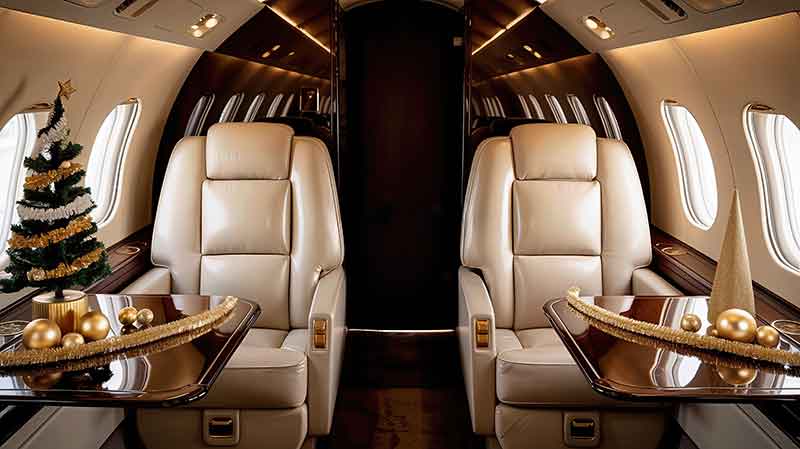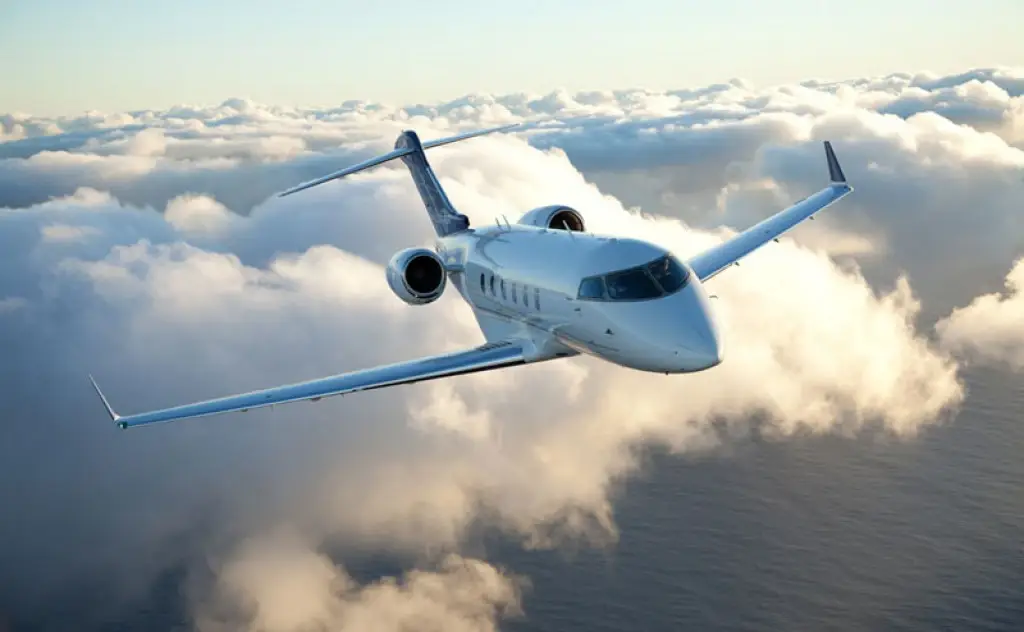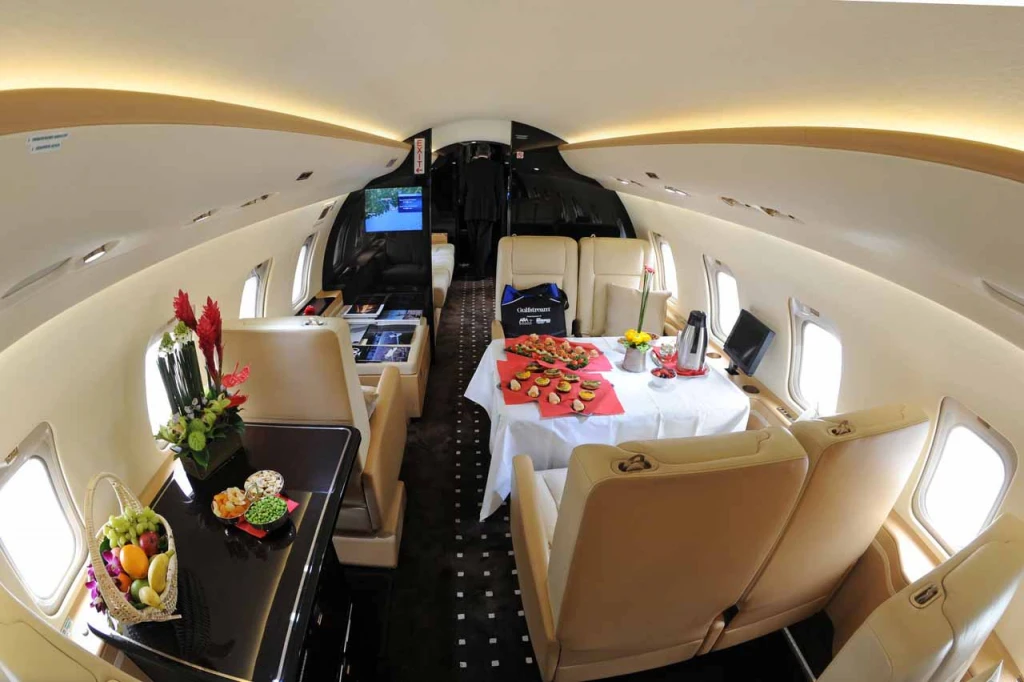Even though both commercial and private jet pilots' responsibilities are essentially flying, they require different licenses. In this article, you'll get to know the difference!
Have you ever sat on a jet charter flight and dreamed of being in the cockpit, flying the plane? Or dreamed of owning and flying your own plane? Then read on to learn all you need to know about how to become a private jet pilot.
Private vs Commercial Pilots: What’s the Difference?
When people talk about private pilots, unfortunately, they’re not all talking about the same thing! Some people are referring to people with a private pilot’s license; others are referring to pilots who fly private jets rather than work for airlines. To explain this more clearly, we’ll explain:
the types of pilot license,
how to get a jet pilot license, whether you want to fly professionally or for pleasure.
How to Become a Private Jet Pilot Licensed to Fly for Pleasure
With non-commercial licenses, you can undertake charity work or test flights, etc., but you’re not allowed to earn money from flying.
How To Get a Non-Commercial Pilot License
Student Pilot License
When you begin flying lessons, an instructor must always be with you, and initially, no license is required. As you progress, though, you will need sufficient instructors’ endorsements, and a student pilot license, to fly solo. The aircraft types you can fly, and your altitude, are limited.
Recreational or Sports Pilot License
These licenses limit the distance, altitude, and aircraft types you can fly, your departure and landing points, and the number of passengers you can carry. You can only fly during the day and must be at least 17 and instructor-endorsed to hold these licenses. Recreational pilots can fly a wider range of aircraft.
Private Pilot License
Private pilots receive training on all aspects of small aircraft operation and can carry passengers. You must be at least 17 to hold this license. It can carry various ratings, including those for single-engine planes, multi-engine planes, and helicopters.
If you want to fly at night, carry more passengers or fly at a range of altitudes, you’ll need a Private Pilot License. To work towards this, start flying lessons with an instructor, who will then help you to:
Apply for a student pilot certificate and get endorsements to fly solo.
Apply for a Federal Aviation Authority (FAA) Medical Certificate.
Gain an endorsement for sufficient ground instruction to take the FAA Private Pilot Knowledge Test, which you must pass.
Log the necessary flight hours.
Take the Practical Pilot Exam, consisting of oral and flight tests, with a Designated Pilot Examiner (DPE).
How to Become a Private Jet Pilot Licensed to Fly Commercially

To fly professionally, you must have at least a Commercial Pilot License. If you want to fly as a captain, for an airline or charter company, or fly larger planes, you’ll need an ATP License.
How To Get a Commercial Pilot License and ATPL
Commercial Pilot License
This is likely to be all you need if you work in crop-dusting, banner-towing or aerial photography, etc. However, it only certifies you to fly a small piston aircraft with a capacity of up to nine passengers. You must be 18 and already hold a Private Pilot License.
Then you’ll need to:
Get your second-class medical certificate.
Log the required hours of ground training, flight instruction, and flying. Many pilots get their CFI—Certified Flight Instructor—License at this stage, helping them log the required hours.
Pass the aeronautical knowledge and practical tests.
Earn an Instrument Rating if you want to transport passengers at night, or for more than 50 miles. This allows you to fly under Instrument Flight Rules (IFR) and in all kinds of weather.
Airline Transport Pilot License
Today, many airlines require you to have a degree as well as a full APTL. A full APTL permits you to be an airline captain or pilot in command. You must be 23 years old and:
Hold a first-class medical certificate and a Commercial Pilot License with an Instrument Rating.
Log the appropriate ground instruction, flight training, and 1,500 hours of flight time.
Pass aeronautical knowledge and practical flight tests.
However, you can gain a restricted ATPL (r-ATPL) at 21, with less flying time required, if you:
hold an associate’s degree with an aviation major (1,250 hours),
hold a bachelor’s degree (1000 hours),
are a former US military pilot (750 flight hours).
An r-ATPL allows you to act as an airline first officer or co-pilot. Once you meet the age and flight time requirements, you can be issued an unrestricted ATP without further tests.
How Long Does It Take to Become a Private Jet Pilot?
This depends on:
what kind of flying you want to do
whether you do an aviation degree, some other kind of training, or just fly in your spare time
Private Pilot License: Accelerated courses can get you your license in 14 days. However, for most people, it takes at least three months and may take a year or two if you can’t devote much time to flying.
Commercial Pilot License: Accelerated courses take just 12 weeks if you already have a Private Pilot License. However, beginner to CPL courses usually lasts between six and nine months.
Airline Transport License: Courses that cover the training and exams only take between a few weeks and a few months, However, logging the required 1,500 flying hours could take a couple of years, even if you’re working as a pilot.
Pilot Careers
Private Jet Pilot or Airline Pilot: What’s the difference?
If you work for an individual, business, or jet charter company, your working hours may be erratic. You may be on call, but not flying, for extended periods—and then have very busy, extended periods away from home. However, this work can offer variety and glamour, and the salaries can be higher than those of airline pilots. On the other hand, there’s less opportunity for promotion, so average private aviation salaries are often quoted as lower.
If you fly for an airline, your work schedule is usually more predictable. You may have standard routes and a timetable that varies very little. You may have the chance to train on bigger planes and longer haul flights, and gain promotions, meaning potential earnings can be higher than in private aviation.
How Do You Get a Job as a Pilot?
Some commercial airlines have their own cadet schools, which can be a good way in if you’re starting from scratch. Currently, there’s a pilot shortage, so it’s a great time to get a pilot job or enroll in a course. However, commercial airlines across the world are struggling after the Covid-19 pandemic and the economic slump is dissuading many people from flying. This means right now, there are far more opportunities with private jet charter companies. This sector has seen a boom, with wealthier individuals and businesses opting for greater comfort and reduced Covid-19 risk.
Airlines, private charter companies, and businesses advertise jobs online on sites such as Flight Jobs and on their own sites.
Don’t Have a Pilot License Yet?
Being a pilot, whether as a profession or for pleasure, can be hugely satisfying—but it’s not easy! If you’re not ready to fly yourself yet, then rely on the team here at Paramount Business Jets to design your bespoke trip! Just call +1-877-727-2538 ext. 1 or email them at charter@paramountbusinessjets.com.








